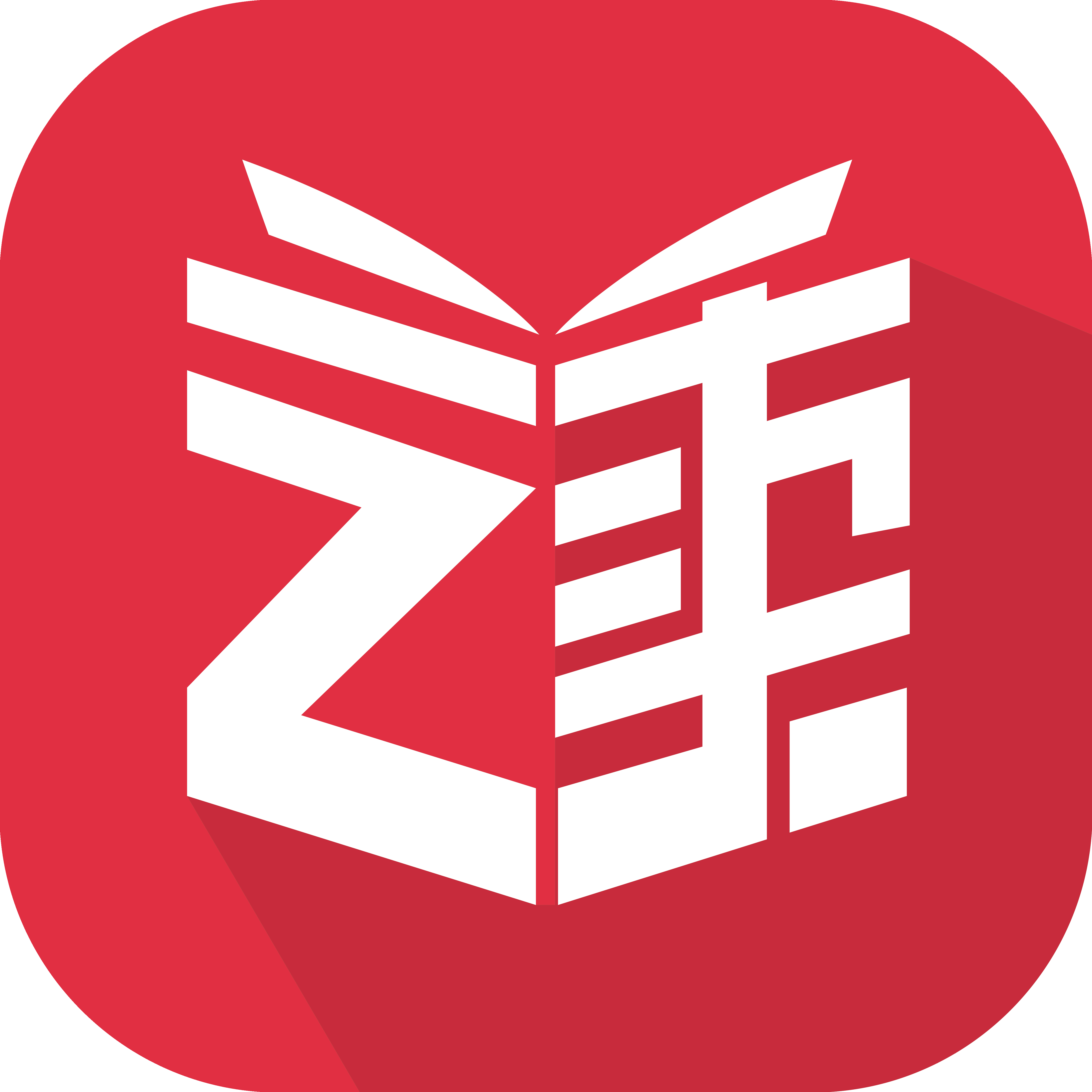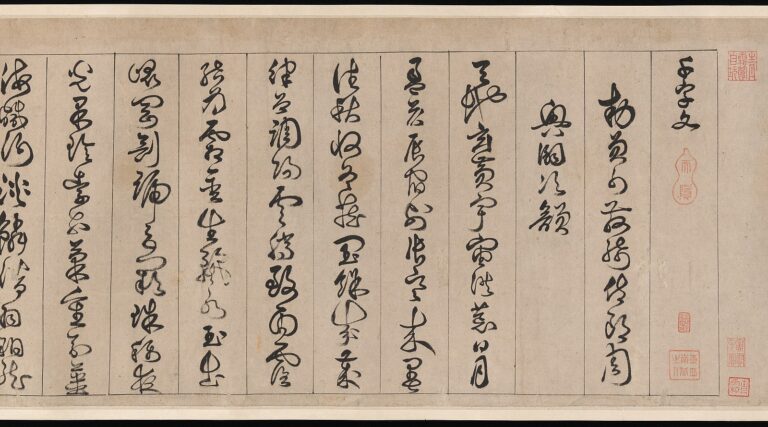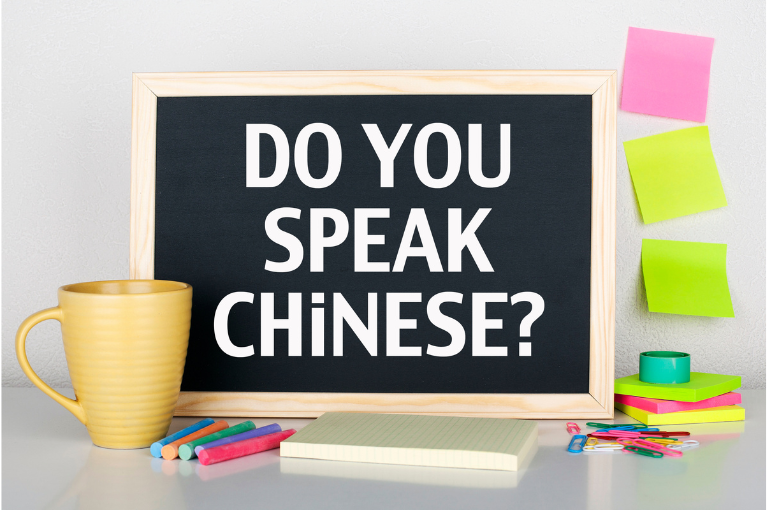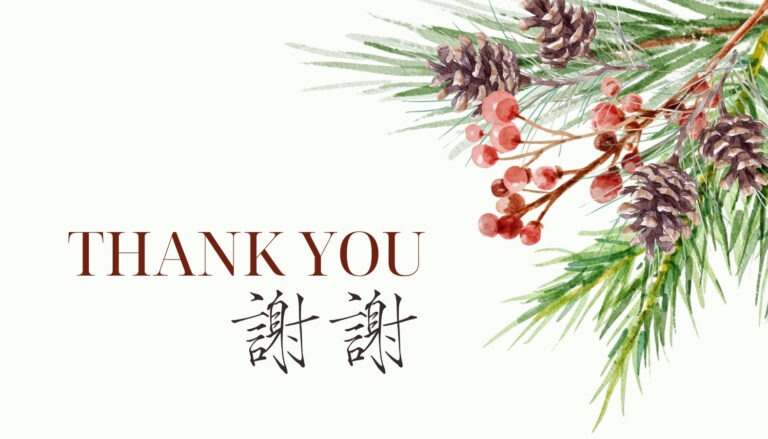How to Read Chinese: Pinyin Initial Sounds
If you’ve started reading this post and are wondering what Pinyin is, start with What is Pinyin?
As mentioned previously, Pinyin uses Roman letters to transcribe Chinese sounds. In Chinese, each character corresponds to one syllable (which can be one word, or part of a word). Chinese syllables consist of three elements: an initial sound, a final sound and a tone. We’ll break down each part for you. First, let’s learn about initial sounds.
Initial Sounds
In (Mandarin) Chinese there are 21 initial sounds, and two special characters that sometimes function as initials sounds (we’ll get to those last).
Initial sounds can be divided into two categories; sounds pronounced like English and sounds that are not. The first set of initial sounds are pronounced the same way you would pronounce them in English. These are b, m, f, n, l, h, and s. Click on the Chinese character to hear the examples pronounced.
Initial Sounds the Same as its English Equivalent
| Initial Sound | English Sound Equivalent | Chinese Example |
| b | bear | 不 bù (not) |
| m | more | 妈 mā (mom) |
| f | fate | 分 fēn (cent) |
| n | now | 你 nǐ (you) |
| l | lean | 六 liù (six) |
| h | help | 很 hěn (very) |
| s | sink | 三 sān (three) |
Initial Sounds Different than its English Equivalent
The rest of the initial sounds are a little more difficult since they are pronounced slightly differently than English, but don’t worry, you’ll still be able to pick them up!
If a sound says it is unaspirated, it means that it’s just the tip of the tongue/lips that is making the sound, whereas, for the aspirated counterpart, it’s a larger area. To make sure they’re unaspirated, hold your hand in front of your mouth. If you don’t feel any air coming out, you’re doing it right.
| Initial Sound | English Sound Equivalent | Chinese Example |
| c | pronounced as ts in “its” | 错 cuò (wrong) |
| ch | pronounced as ch in “chirp” (with tongue curled backwards) | 吃 chī (eat) |
| d | pronounced as d in “bed” (unaspirated) | 对 duì (correct) |
| g | Pronounced as g in “get” (unaspirated) | 个 gè (piece) |
| j | pronounced as j in “jeep” | 见 jiàn (see) |
| k | pronounced as k in “kangaroo” (unaspirated) | 客 kè (guest) |
| q | pronounced as ch in “cheap” | 请 qǐng (please) |
| r | pronounced as r in “azure” (with tongue curled backwards) | 热 rè (hot) |
| t | pronounced as t in “tap” | 天 tiān (sky) |
| sh | pronounced as sh in “shut” (with tongue curled backwards) | 说 shuō (say) |
| x | pronounced as sh in “she” | 下 xià (below) |
| z | pronounced as ds in “woods” | 早 zǎo (early) |
| zh | pronounced as j in “jam” (with tongue curled backwards) | 真 zhēn (real) |
Special Characters
These last two are special sounds because they are not true initial sounds, but sometimes function as initial sounds.
| Initial Sound | English Sound Equivalent | Chinese Example |
| y (Not a true initial. The letter i is written with a y when no initial is present.) | yes | 一 yī (one) |
| w (Not a true initial. The letter o is written with a w when no initial is present.) | want | 我 wǒ (I) |
Now you know all the initial sounds in Pinyin! The next step is to add them to the final sounds, which we’ll learn next!







